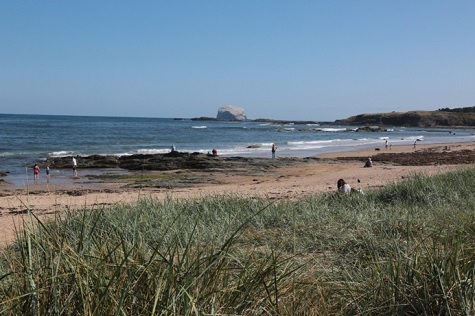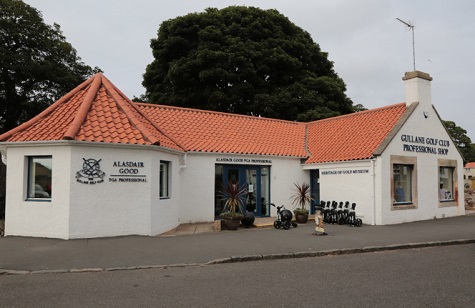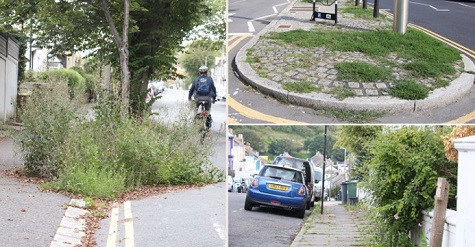Having recently returned from a few days away in Scotland, enjoying the beautiful beaches on the East Lothian coastline, I could not help but notice the plethora of golf clubs along this particular coast line - known locally as Scotland’s golf coast. Between Portobello and Dunbar, I counted over twenty-plus golf clubs.

I was particularly impressed with Gullane GC. It was certainly impressive and had wonderful views over the coastline. Golf has been played over the links at Gullane for more than 350 years. Today, Gullane Golf Club is one of Scotland's most prestigious member clubs, mixing the finest tradition with some of the most admired natural links land in the world.

Gullane is blessed with superb turf and a climate that allows year-round golf. Laid out over prime seaside land, the three golf courses are simply known by number reflecting their age.
I discovered:
- Gullane No. 1 (1884) has a long history of hosting national and international championship golf events, including the 2018 Aberdeen Standard Investments Scottish Open and Ladies Scottish Open, the Aberdeen Asset Management Scottish Open in 2015 as well as Local Final Qualifying for the Open Championship at neighbouring Muirfield.
- Gullane No. 2 (1898) was laid out by the legendary Willie Park Jr and has also been used for Open Championship Qualifying as well as the Seniors Open Amateur.
- Gullane No. 3 (1910) was also designed by Willie Park Jr. It may be the shortest of the three courses, but it provides a wonderful test based on shot-making skills rather than power.

Based on the number of courses I drove past last week, I’d hazard a guess that golf must be the number one sport in Scotland. It wasn’t a surprise to discover there are a total of 560 official golf clubs in Scotland.
Weed concern
From the sublime to the ridiculous, I'd like to draw your attention to an interesting article I read in The Metro regarding the current state of the pavements and roads in Brighton.
It would seem that there is an invasion of weeds on many of the council’s roads and pathways. This is being blamed on the council’s newly adopted policy of not using any herbicides to control weed growth. The problem has become so bad that residents have started a petition for the council to get these weeds back under control.
The article states that residents of Brighton and Hove claim their pavements are becoming trip hazards after they have become overgrown with weeds. Apparently the Green Party-run council pledged in 2019 to become a pesticide- and herbicide-free city by 2022, and stopped using the chemical glyphosate which is present in most weed killers.
But now, according to the report, those living in the area claim walkways and public areas are being taken over by plants.

I must say, the pictures seen in the article say it all for me. We seem to have lost our pride in looking after our local community infrastructures. Councils over the last twenty years have seen a dramatic change in how they maintain their assets (roads, paths and parks) - often due to stark reductions in council budgets.
I have not got a problem with the council choosing not to use pesticides, however they should have planned and implemented other Integrated pest management (IPM) methods to control these weeds. Rather than, as it appears, doing nothing.
In recent years there has been plenty of discussion over the use of Glysophate. Ideally, as responsible practitioners, we should be looking at an Integrated Pest Management regimes to maintain our public open spaces, roads and pathways. We have a duty of care to provide safe thoroughfares for all.
It is important we look at integrated IPM strategies to combat weed problems. It may be that we need to use a combination of control methods that compliment each other and are cost effective - which may even include the use of pesticides.
I personally think there are many councils up and down the country that would benefit from a thorough review of their maintenance regimes and where possible bring in new working methods to combat these basic, problematic weed issues.
Without a doubt the use of herbicides is often the most efficient and cost-effective means of eradicating annual weed growth - along with a number of other physical methods. It all boils down to cost and ensuring there is an acceptable standard of weed control throughout the borough.
Unless we are pursuing the rewilding of our cities and towns, there needs to be real debate and commitment to the right approach to ensure the safe and clean state of our communities.